Through the art photographer’s lens
In the midst of a bustling schedule filled with numerous projects and publications, these days are also particularly busy in our photo studio. From capturing the intricate details of medieval retables and the timeless allure of baroque portraits to immortalizing the essence of Latin American sculptures, Antwerp postcards, and books of hours, our photographer, Michel, navigates a kaleidoscope of artistic expressions. Each piece demands meticulous attention, often requiring a creative orchestration in order to achieve optimal results.
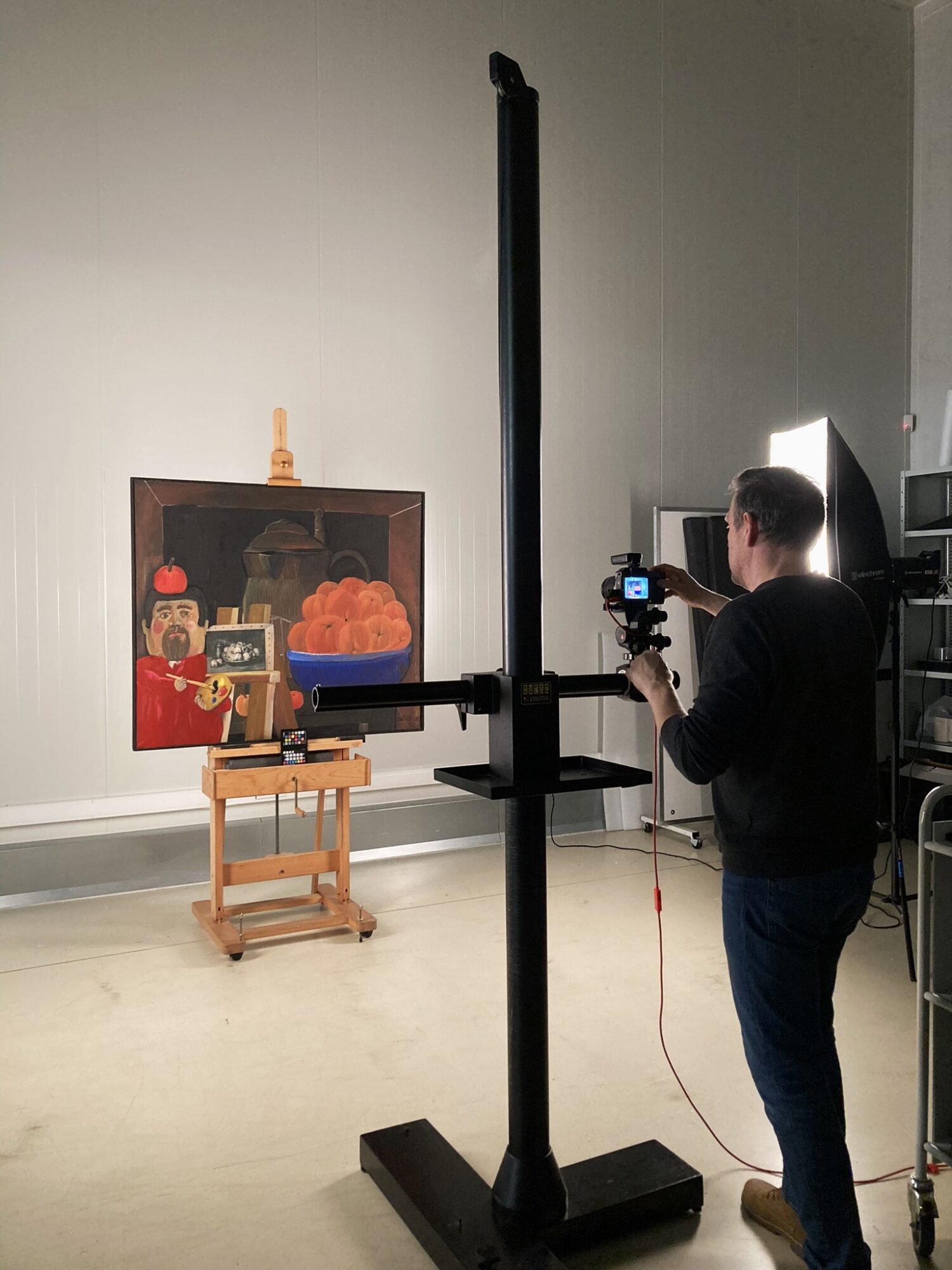
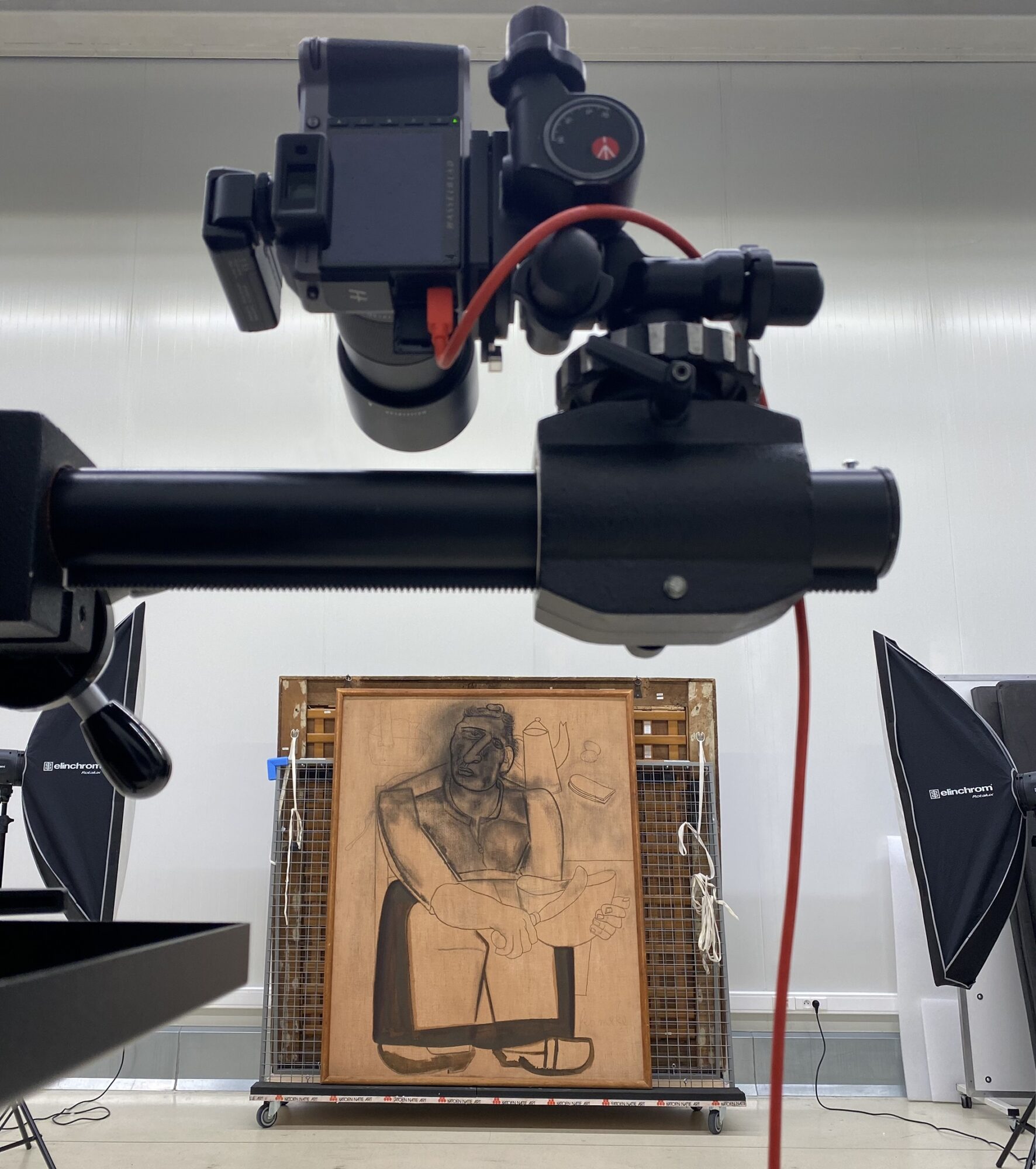
Aside from capturing a charcoal drawing, Michel focused on photographing two captivating sculptures by Permeke this month: the 1938 pieces titled Bust of a Woman and Niobe. The initial challenge lay in the positioning of these sculptures and prioritizing their safety. Therefore, the decision was made to photograph them horizontally. This choice was inspired by the sculptures’ secure storage space.


Not only the form but also the material from which the sculptures are made posed a unique difficulty: the shiny bronze reflects enormous amounts of light akin to a mirror. While a disguised self-portrait of the photographer might add an artistic touch, it is best avoided for photographs destined for collection registration and publication. To filter out reflection as much as possible, Michel set to work with his lightcube, a white “tent” designed for object photography. Through the strategic use of white cardboard, white cloths and tripods surrounding the artwork, the light cube turned into a small, custom-built photo studio for the sculpture. This process demanded time, presenting the following question: Are all reflections completely eradicated? Does the lighting require softening or repositioning? With each shot, Michel analysed the entire setting.
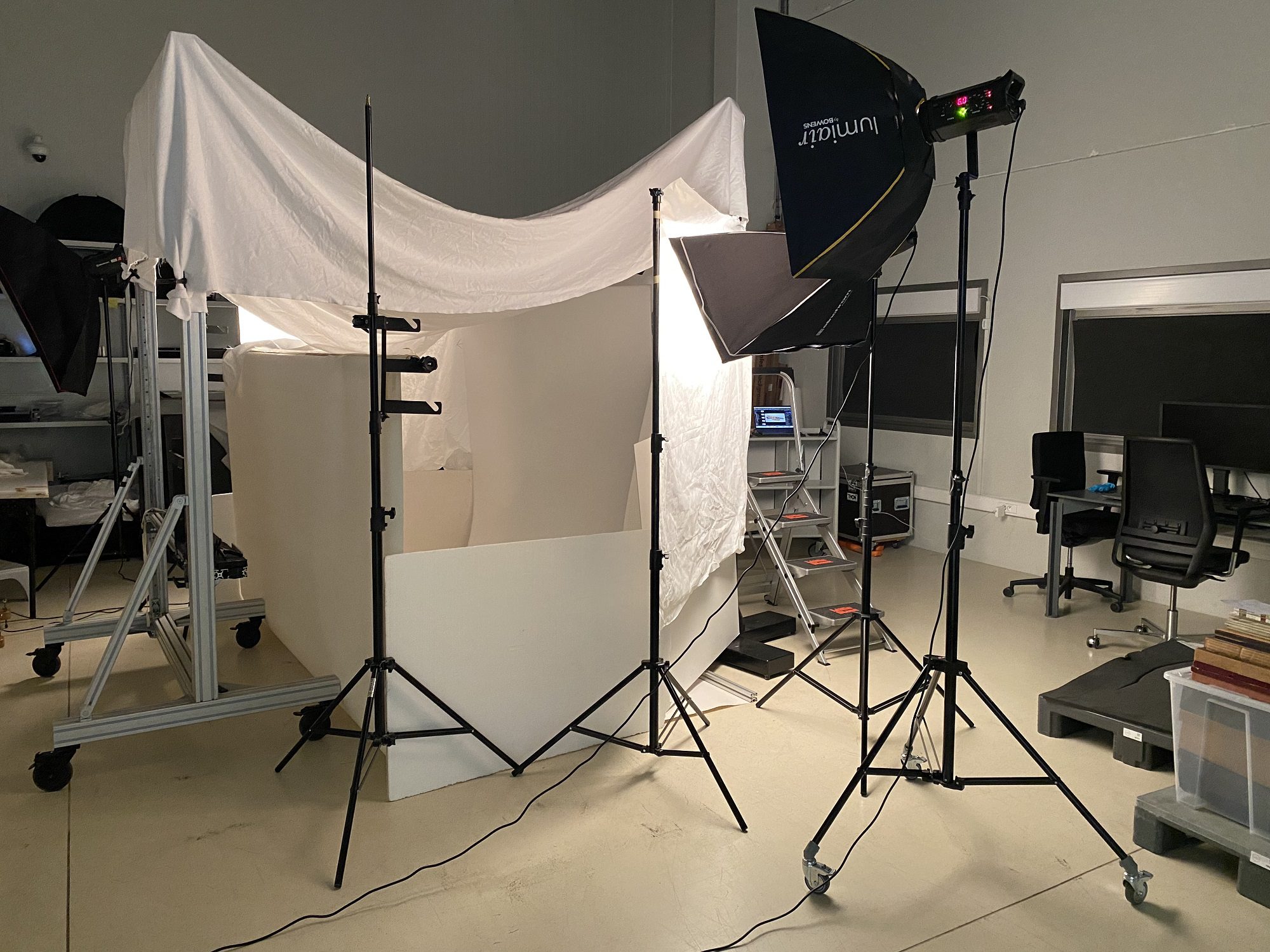
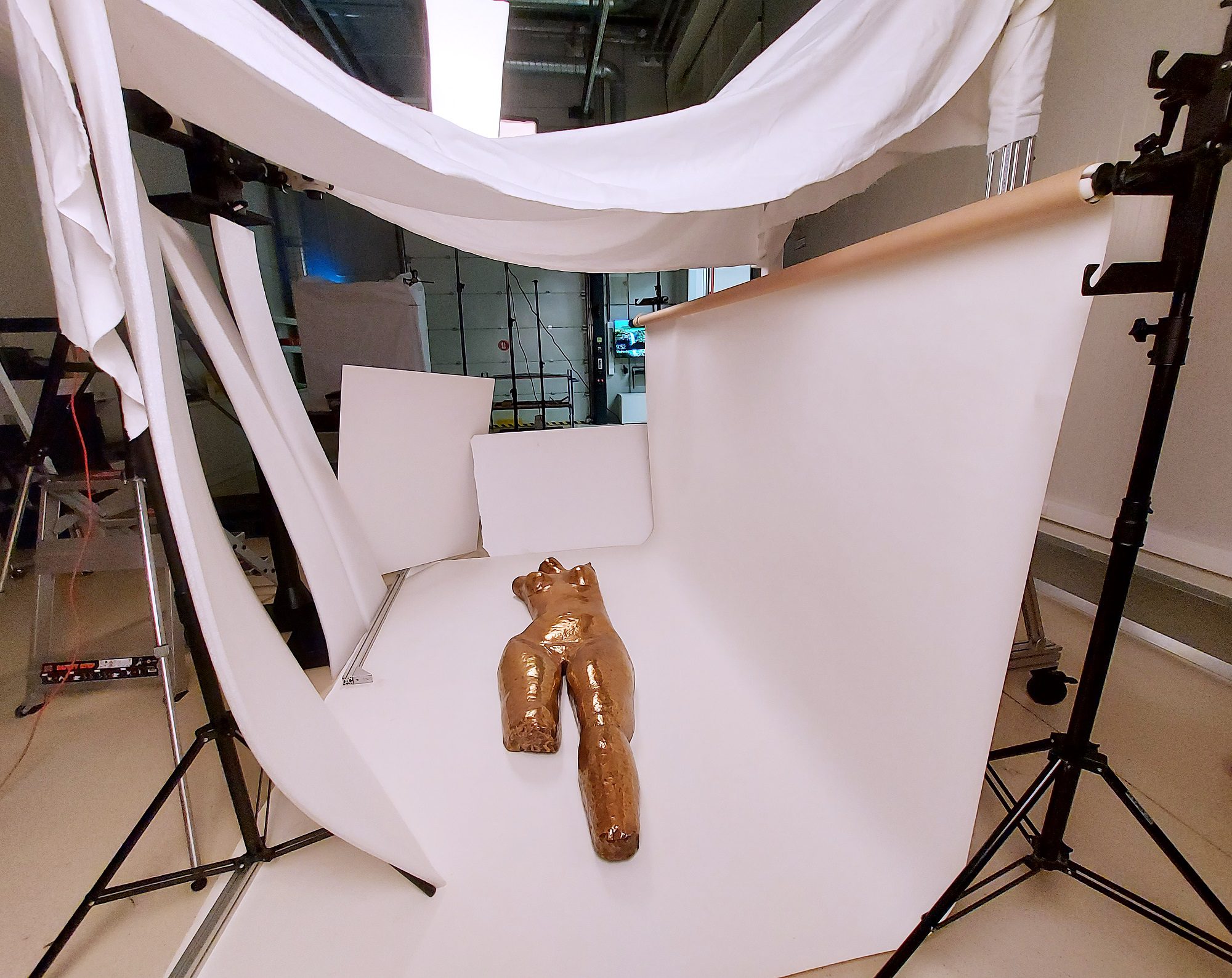
After capturing the image, meticulous post-processing followed in Photoshop. After all, obtaining the perfect photo requires precise image editing. Photographs with different lighting were combined to create the most natural representation possible. Furthermore, any distracting elements from the background, such as cardboard edges, were skillfully removed.
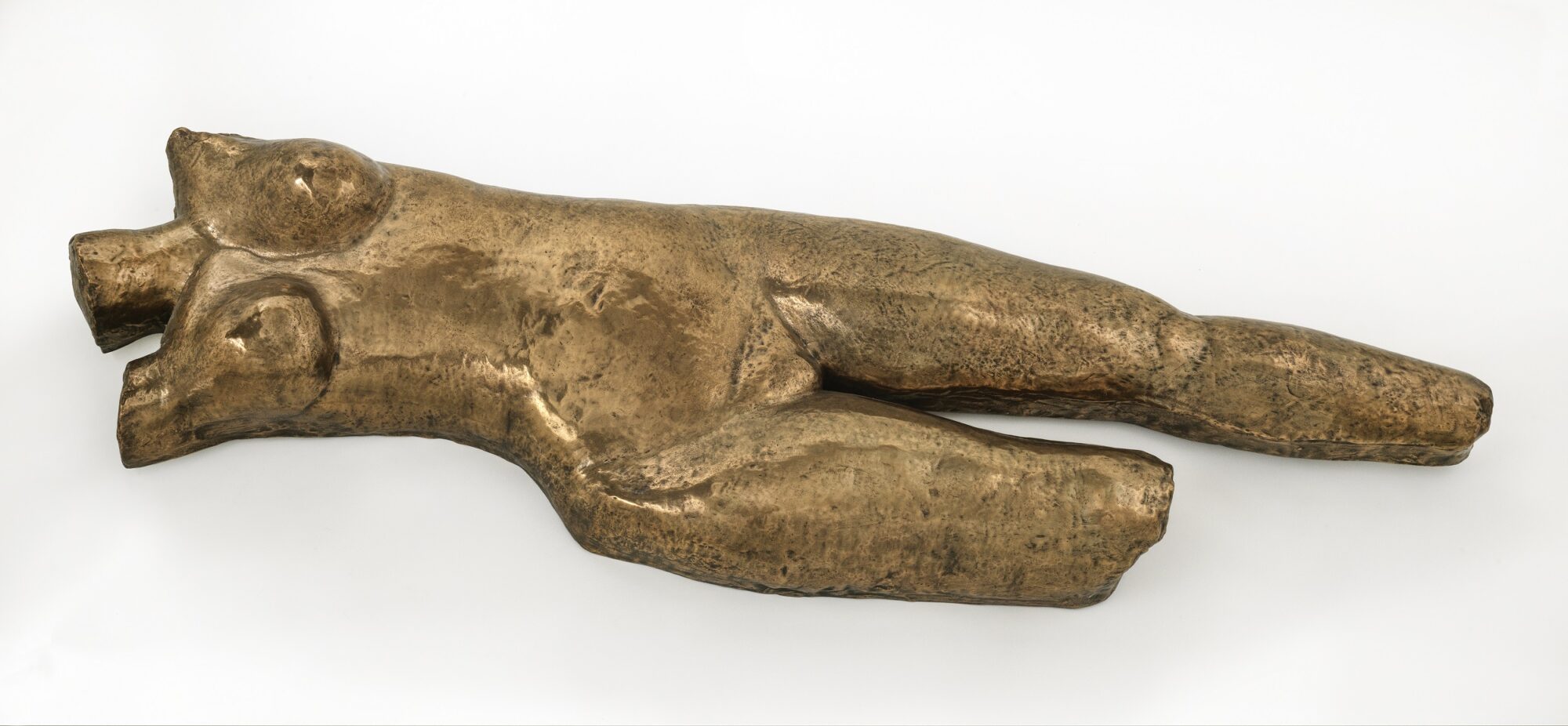

The end result is truly impressive: the fabric and tent structure are imperceptible, and the photograph is devoid of any distracting reflections. The whole process underscores that photographing a work of art is more than just a quick snap with a camera.